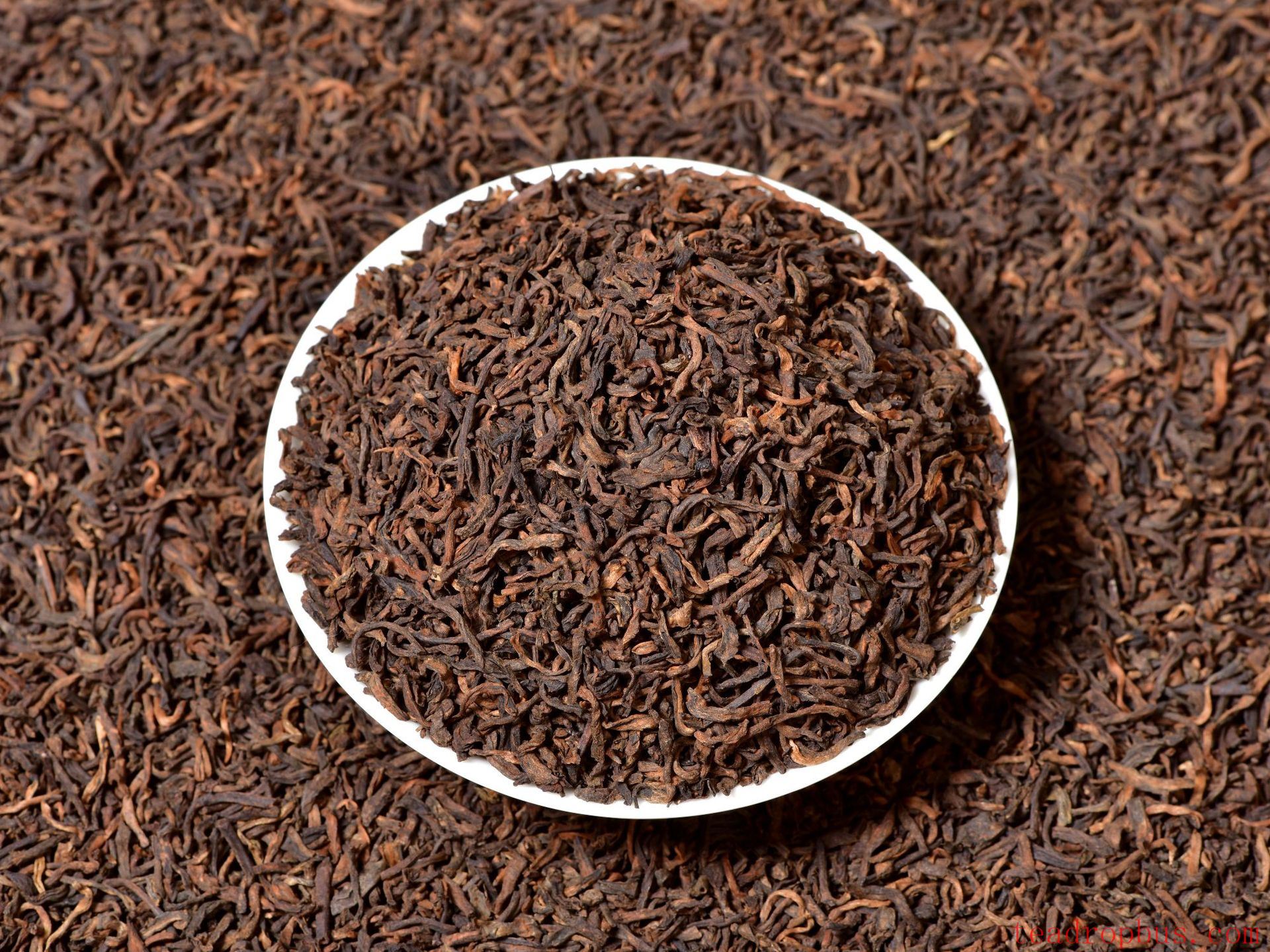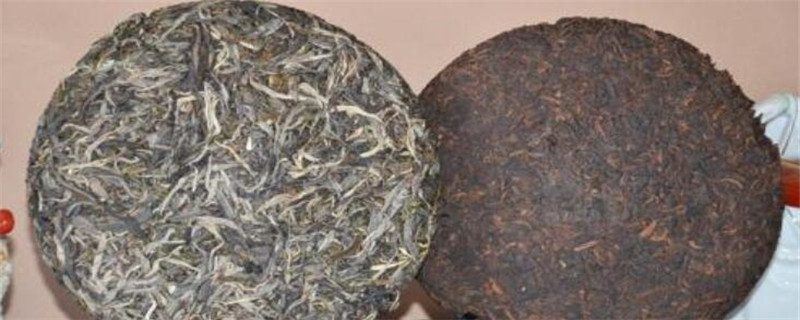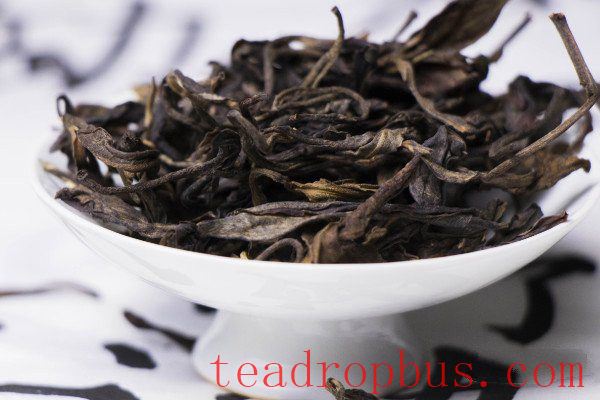Pu'er Tea holds a unique place in the world of tea, divided into two main categories: raw and ripe. Whether you're a beginner or an experienced tea connoisseur, knowing how to brew Pu'er tea correctly is an essential skill. This article will detail the brewing methods for both raw and ripe Pu'er teas, enabling you to enjoy a great cup of Pu'er at home.

(Image source: Internet. Please delete if infringing.)
What Are Raw and Ripe Pu'er Teas?
Raw Tea
Raw Pu'er tea is made using natural fermentation. Its leaves undergo processes such as sun-drying, rolling, and drying before being pressed into cakes. The longer it is stored, the richer its flavor becomes. Raw tea has a high content of polyphenols, a fresh taste, and a light floral or fruity aroma. The tea liquor is light in color, typically pale yellow or golden.
Ripe Tea
Ripe Pu'er tea is produced through artificial pile fermentation. The fermentation process gradually transforms the leaves, making the tea milder. Ripe tea has a reddish-brown tea liquor, a rich flavor, and a distinctive aged fragrance with woody notes. Due to its mild nature, ripe tea is suitable for drinking all year round, especially warming during winter.

(Image source: Internet. Please delete if infringing.)
Brewing Method for Raw Pu'er Tea
Preparation
- Choice of Teaware: It is recommended to use a clay teapot, Gaiwan, or glass teapot. A clay teapot retains the aroma well, while a gaiwan or glass teapot allows you to observe the changes of the leaves in water.
- Amount of Tea: Generally, 8-10 grams of tea are used. The exact amount can be adjusted according to personal preference.
- Water Temperature: Raw tea requires higher water temperatures, ideally using water between 90-95°C (194-203°F).
Brewing Steps
- Warming the Teaware and Awakening the Tea: Rinse the teaware with boiling water to warm it up. Simultaneously, place the tea leaves in the gaiwan or clay teapot and rinse them briefly with hot water for 5-10 seconds before discarding the water. This step awakens the tea's aroma.
- Main Brewing: Pour 90-95°C (194-203°F) water into the gaiwan or clay teapot. The first Steeping should be for 10-15 seconds. Subsequent steepings can be extended gradually by 5-10 seconds each time.
- Tasting: Drain all the tea liquor from each steeping to ensure even infusion. When tasting, first smell the aroma, then sip slowly to appreciate the freshness and aftertaste of raw tea.
Brewing Method for Ripe Pu'er Tea
Preparation
- Choice of Teaware: A clay teapot, gaiwan, or glass teapot is also recommended. Ripe tea, being milder after fermentation, benefits from the heat retention of a clay teapot.
- Amount of Tea: The amount of ripe tea is the same as raw tea, generally 8-10 grams.
- Water Temperature: Ripe tea requires slightly lower water temperatures but still needs water around 95°C (203°F).
Brewing Steps
- Warming the Teaware and Awakening the Tea: Rinse the teaware with hot water and place the tea leaves in the gaiwan or clay teapot. Rinse briefly with hot water for 5-10 seconds before discarding. This step removes dust and awakens the tea's aroma.
- Main Brewing: The first steeping should be for 10-15 seconds, and subsequent steepings can be extended gradually by 5-10 seconds each time. During brewing, the color of the tea liquor will deepen.
- Tasting: Drain all the tea liquor from each steeping to avoid bitterness from oversteeping. When tasting, you can experience the unique aged aroma and full-bodied mouthfeel of ripe tea.
Brewing Tips
- Choice of Water: The choice of water is crucial when brewing Pu'er tea. Use mineral water or purified water and avoid hard water containing many minerals.
- Care of Teaware: Clean your teaware regularly, especially clay Teapots. Do not use detergent; simply rinse with clean water and air dry.
- Storage of Tea Leaves: Store Pu'er tea in a dry, ventilated area free of odors, avoiding direct sunlight. Raw and ripe teas should be stored separately to prevent flavor contamination.
Different Tasting Experiences Over Time
Raw Tea
New raw tea has a distinct vegetal aroma and strong stimulation, suitable for those who prefer bold flavors. As it ages, the bitterness diminishes, and the tea liquor becomes richer with a more complex aroma.

(Image source: Internet. Please delete if infringing.)
Ripe Tea
New ripe tea may have some fermentation odor after processing, which fades over time, leaving a clearer tea liquor. Aged ripe tea has a rich aroma, a smooth mouthfeel, and subtle fruity and woody notes, making it ideal for daily consumption.
Conclusion
Both raw and ripe Pu'er teas have their unique charms. Mastering the correct brewing methods is key to fully experiencing the flavors of Pu'er tea. While brewing, experiment with different steeping times and amounts of tea to find the perfect taste for you. We hope this article helps you better understand the brewing methods for Pu'er tea, allowing you to savor the tranquility and comfort that every cup brings.